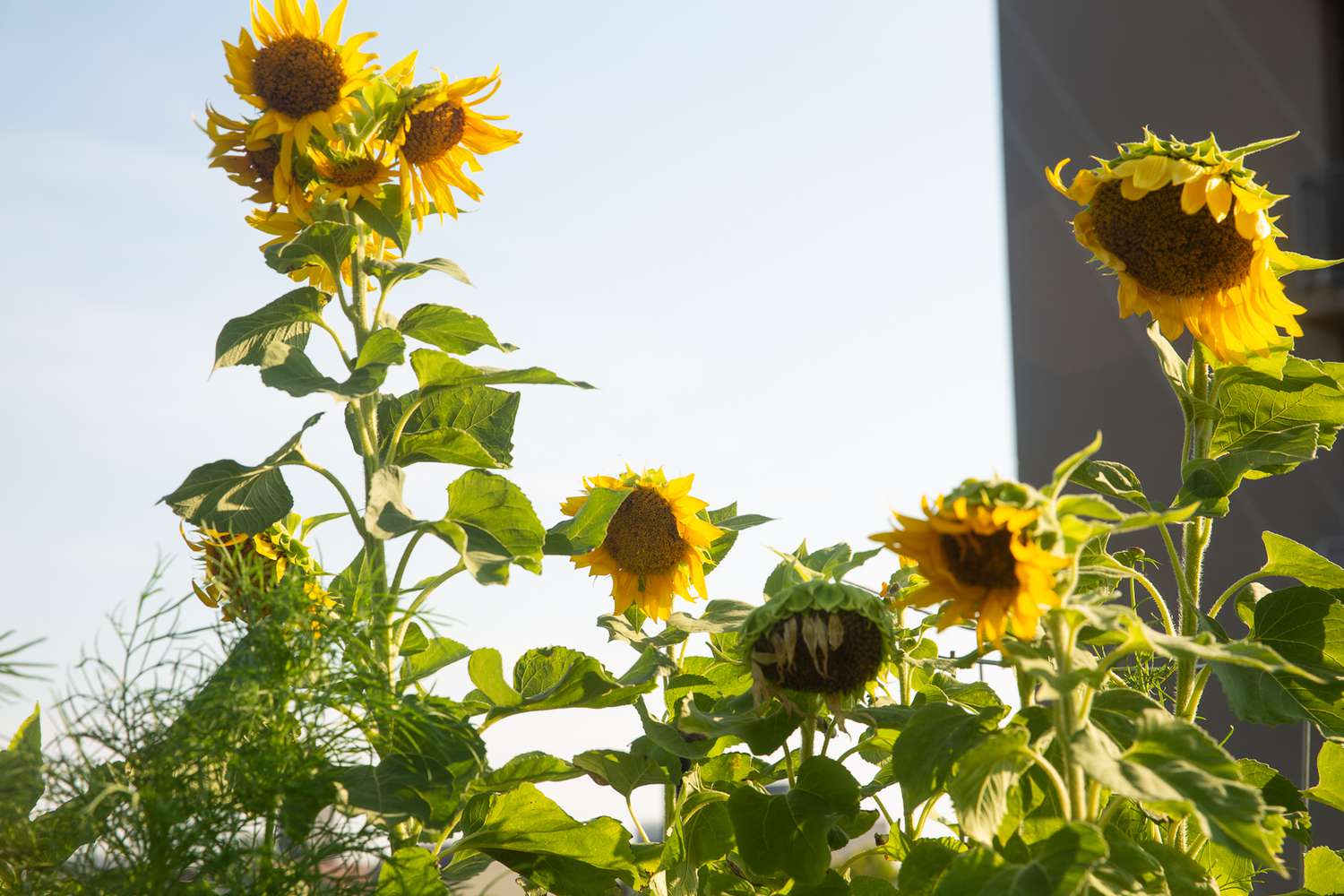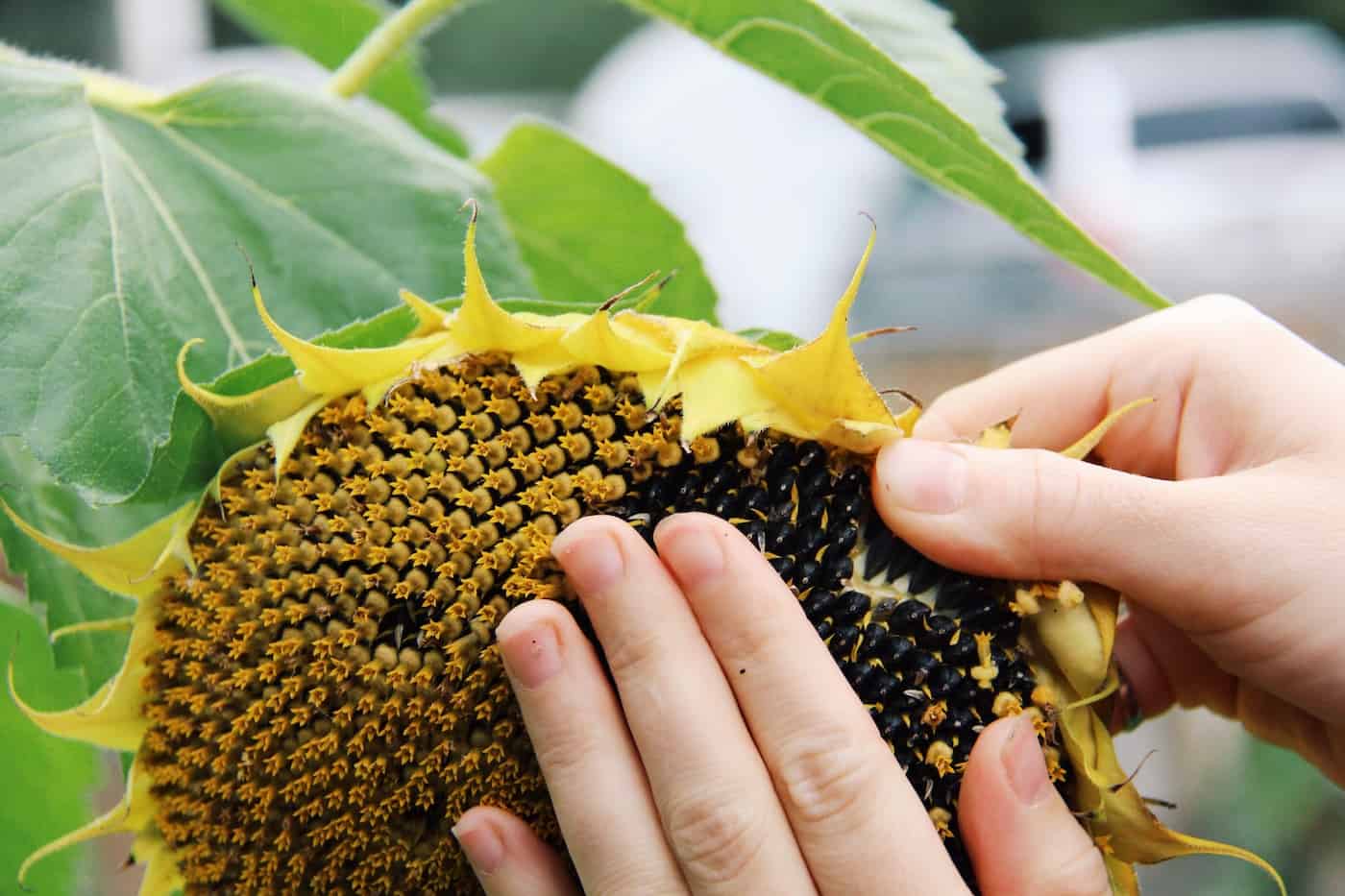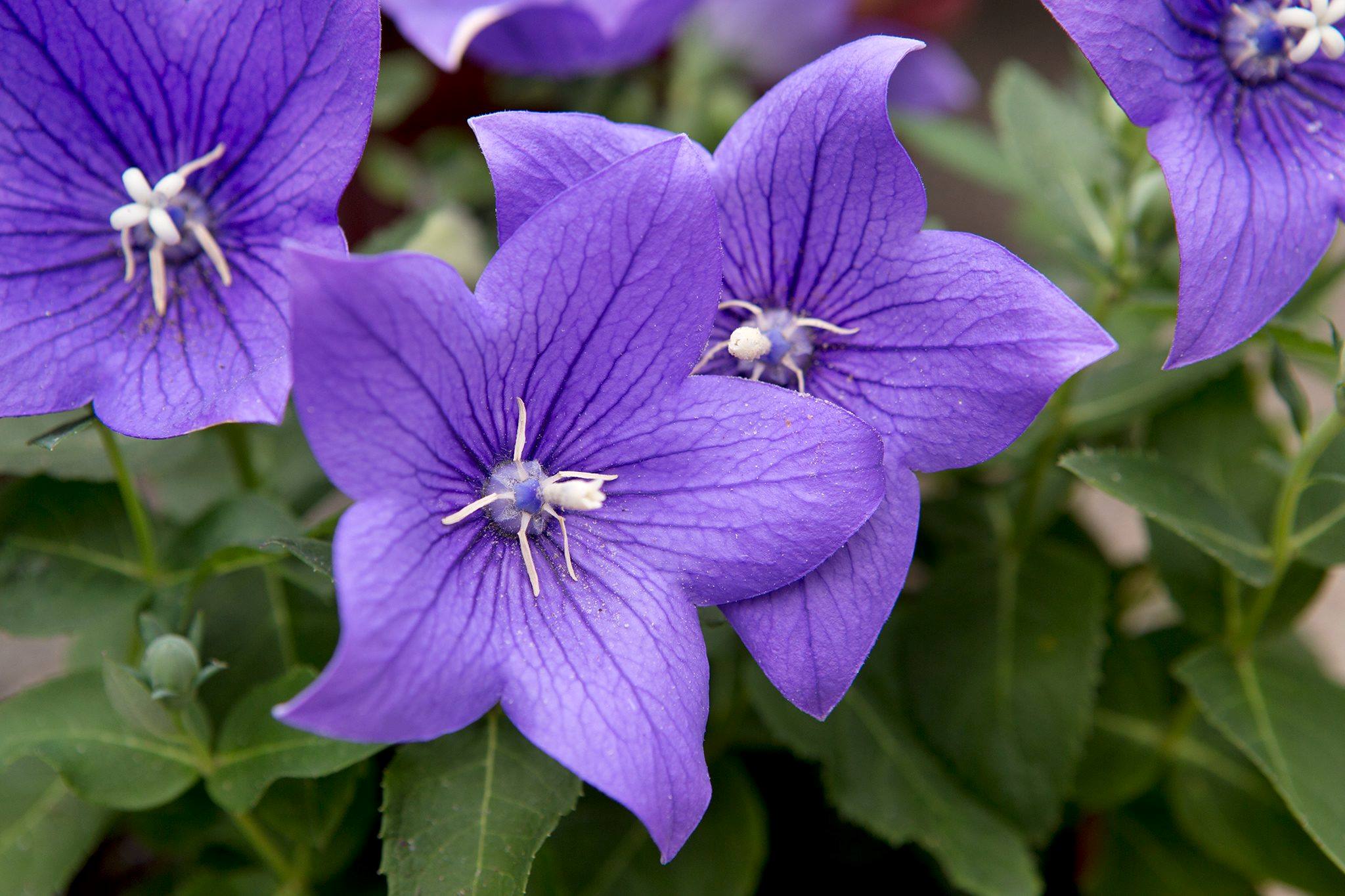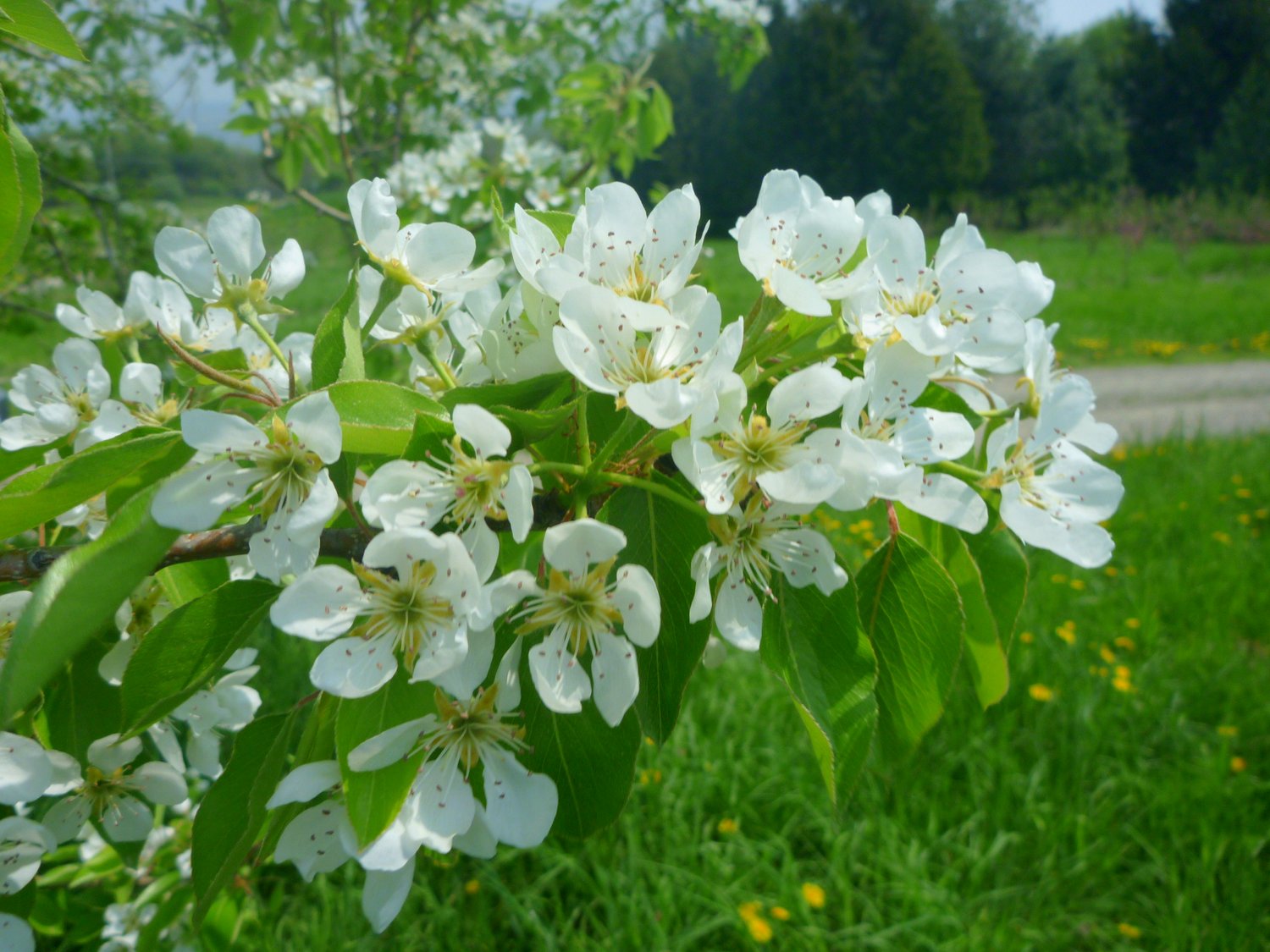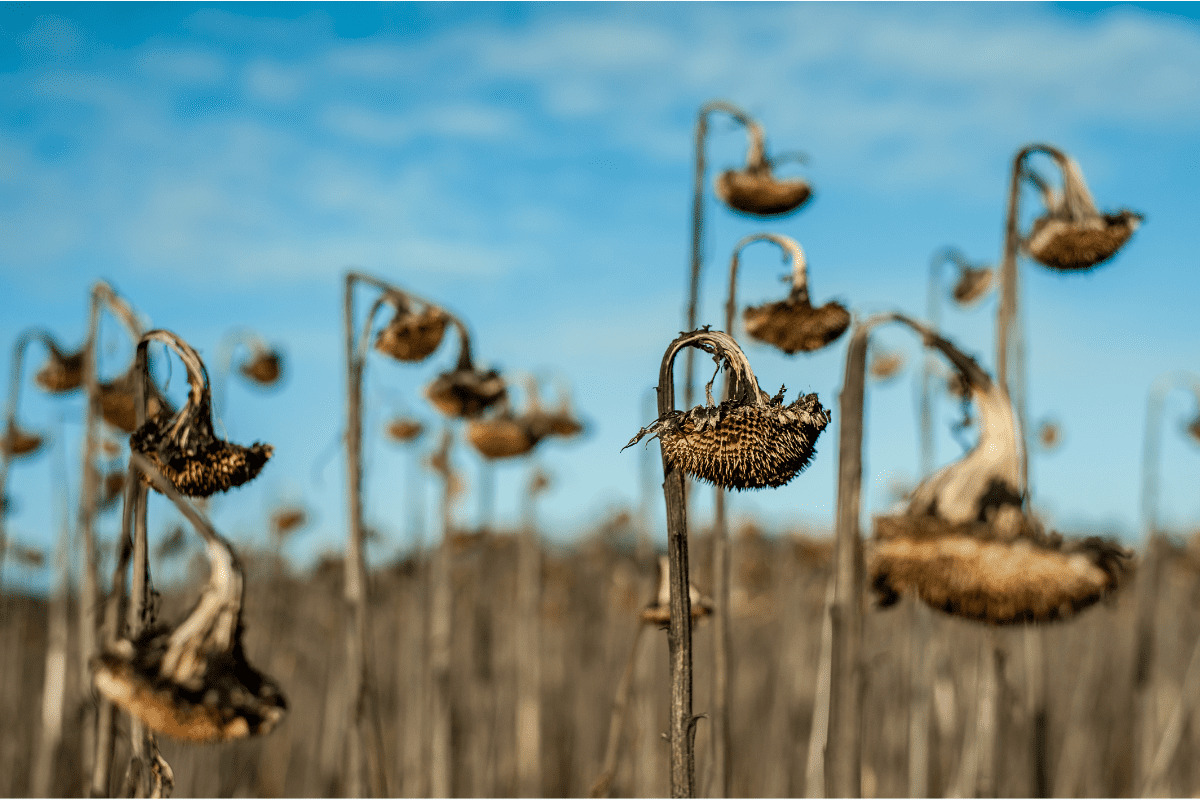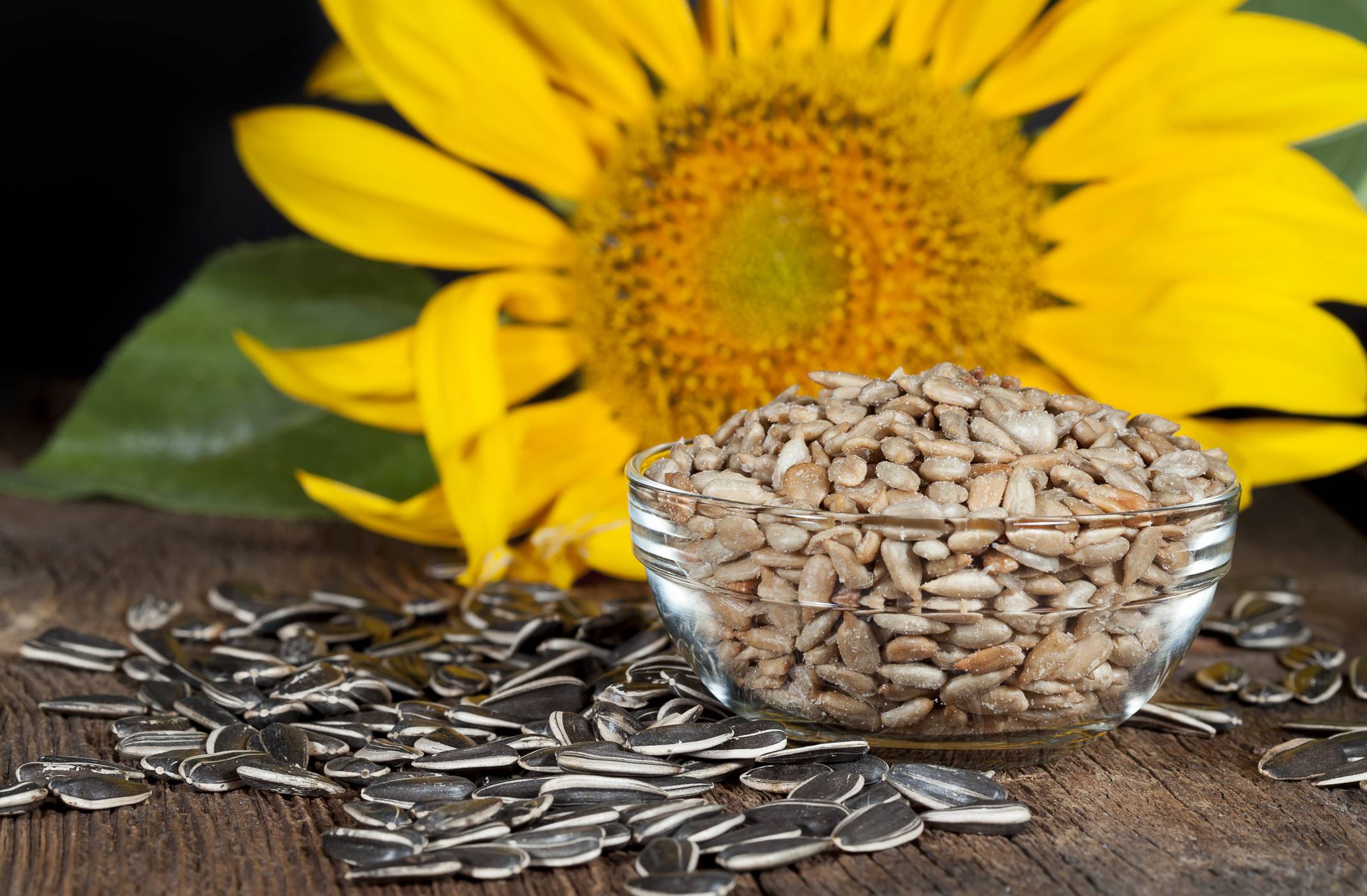Home>Types of Gardening>Ornamental Gardening>When Do Maximilian Sunflowers Bloom


Ornamental Gardening
When Do Maximilian Sunflowers Bloom
Modified: January 22, 2024
Discover the ideal blooming time for Maximilian sunflowers in your ornamental garden. Learn when to expect these vibrant flowers to brighten up your outdoor space.
(Many of the links in this article redirect to a specific reviewed product. Your purchase of these products through affiliate links helps to generate commission for Chicagolandgardening.com, at no extra cost. Learn more)
Table of Contents
Introduction
Maximilian sunflowers, with their vibrant yellow petals and impressive height, are a delightful addition to any ornamental garden. These sunflowers, scientifically known as Helianthus maximiliani, are native to North America and are cherished for their resilience and stunning aesthetic appeal. As a gardener, understanding the blooming patterns and optimal conditions for Maximilian sunflowers is essential for nurturing their growth and ensuring a bountiful display of blooms.
In this comprehensive guide, we will delve into the fascinating world of Maximilian sunflowers, exploring their blooming behavior, the factors influencing their bloom time, and the ideal conditions for promoting a prolonged and vibrant blooming period. Whether you are a novice gardener or a seasoned horticulture enthusiast, this article will equip you with valuable insights to maximize the beauty of your ornamental garden through the cultivation of these magnificent sunflowers.
Join us as we embark on a journey to unravel the secrets of Maximilian sunflowers, uncovering the optimal strategies to nurture their growth and witness a spectacular bloom that will enrapture both you and your garden visitors.
Understanding Maximilian Sunflowers
Maximilian sunflowers, scientifically classified as Helianthus maximiliani, are perennial sunflowers that belong to the Asteraceae family. These sunflowers are named after Prince Maximilian of Wied-Neuwied, a German explorer and naturalist who documented the flora and fauna of North America during the early 19th century. Renowned for their resilience and striking appearance, Maximilian sunflowers are a favorite among gardeners seeking to add a touch of grandeur to their ornamental landscapes.
Characterized by their tall, erect stems and bright yellow flowers with dark brown centers, Maximilian sunflowers can reach towering heights of up to 10 feet, creating a captivating visual display in gardens and naturalized landscapes. Their abundant blooms serve as a valuable food source for pollinators, attracting bees, butterflies, and other beneficial insects, thus contributing to the ecological diversity of the garden.
One of the most remarkable features of Maximilian sunflowers is their adaptability to various soil types and growing conditions. These sunflowers thrive in full sunlight and are remarkably drought-tolerant once established, making them an excellent choice for low-maintenance and xeriscape gardens. Additionally, their ability to naturalize and form dense colonies makes them a popular option for meadow plantings and erosion control in expansive landscapes.
Understanding the growth habits, ecological significance, and aesthetic allure of Maximilian sunflowers is vital for cultivating a deep appreciation for these majestic plants. As we continue our exploration, we will uncover the factors that influence the bloom time of Maximilian sunflowers, shedding light on the optimal conditions for nurturing their growth and enhancing their ornamental value in the garden.
Factors Affecting Bloom Time
The bloom time of Maximilian sunflowers is influenced by a myriad of factors, each playing a crucial role in determining the timing and duration of their spectacular floral display. Understanding these factors is essential for gardeners seeking to optimize the bloom time and ensure a prolonged and vibrant flowering season.
- Day Length: Maximilian sunflowers are photoperiodic plants, meaning that their flowering is influenced by the length of daylight. As the days grow shorter in the fall, the decrease in daylight triggers the initiation of flowering in these sunflowers. Conversely, during the longer days of spring and summer, Maximilian sunflowers focus on vegetative growth, delaying the onset of blooming.
- Temperature: Temperature plays a significant role in regulating the bloom time of Maximilian sunflowers. Warmer temperatures promote accelerated growth and flowering, while cooler temperatures may delay the onset of blooming. Additionally, fluctuations in temperature can impact the overall duration of the blooming period, with prolonged periods of extreme heat potentially shortening the flowering season.
- Soil Moisture and Nutrients: Adequate soil moisture and nutrient availability are essential for supporting the robust growth and prolific blooming of Maximilian sunflowers. Well-drained soil that retains sufficient moisture without becoming waterlogged is ideal for promoting healthy flower development. Additionally, a balanced supply of essential nutrients, particularly nitrogen and phosphorus, contributes to the overall vigor and flowering capacity of these sunflowers.
- Pruning and Deadheading: Regular deadheading, the removal of spent flowers, can prolong the bloom time of Maximilian sunflowers by redirecting the plant’s energy towards the production of new blooms. Furthermore, judicious pruning of excessive foliage can enhance air circulation and light penetration, fostering an environment conducive to continuous flowering.
By recognizing and accommodating these influential factors, gardeners can implement strategic measures to optimize the bloom time of Maximilian sunflowers, ensuring a captivating and enduring floral exhibition in their ornamental gardens.
Ideal Growing Conditions
Creating an environment that aligns with the ideal growing conditions is pivotal for nurturing the optimal development and blooming of Maximilian sunflowers. By providing the following essential elements, gardeners can cultivate a thriving habitat that encourages these majestic sunflowers to flourish and adorn the garden with their resplendent blooms.
- Sunlight: Maximilian sunflowers thrive in full sunlight, requiring a minimum of six to eight hours of direct sun exposure daily. Selecting a planting site that receives ample sunlight is crucial for promoting robust growth and prolific blooming.
- Well-Drained Soil: These sunflowers prefer well-drained soil with a loamy or sandy texture. Ensuring proper drainage prevents waterlogging, which can impede root health and overall plant vigor. Amending heavy clay soils with organic matter can improve drainage and create a more hospitable growing medium for Maximilian sunflowers.
- Watering: While Maximilian sunflowers exhibit remarkable drought tolerance once established, consistent moisture is essential during the initial stages of growth and establishment. Adequate watering, particularly during dry spells, promotes healthy root development and supports the initiation of floral buds.
- Spacing: Providing ample spacing between individual plants is essential for optimizing air circulation and minimizing competition for resources. A spacing of 18 to 24 inches between plants allows for unrestricted growth and facilitates the attainment of mature plant dimensions.
- Fertilization: Applying a balanced, slow-release fertilizer during the early stages of growth can provide the necessary nutrients for vigorous development and sustained blooming. However, excessive fertilization should be avoided, as it can lead to an abundance of foliage at the expense of flower production.
- Weed Control: Managing weeds in the vicinity of Maximilian sunflowers is crucial, as invasive plants can compete for resources and hinder the sunflowers’ growth. Regular weeding and the application of mulch can help maintain a weed-free environment, allowing the sunflowers to thrive unhindered.
By cultivating an environment that encompasses these optimal growing conditions, gardeners can establish the foundation for a flourishing and visually captivating display of Maximilian sunflowers, enriching their ornamental landscapes with the allure of these magnificent blooms.
Maximizing Bloom Time
Maximizing the bloom time of Helianthus maximiliani entails implementing strategic practices that prolong and enhance the floral display of these splendid sunflowers. By employing the following techniques, gardeners can extend the blooming period and revel in an enduring showcase of vibrant yellow blooms within their ornamental gardens.
- Successive Planting: Staggered or successive planting of Maximilian sunflowers at intervals of two to three weeks can extend the overall bloom time, ensuring a continuous supply of fresh flowers throughout the season. This approach creates a prolonged spectacle of blooms, enriching the garden with an extended visual feast.
- Deadheading: Regular deadheading, the removal of spent flowers, prevents the formation of seeds and encourages the plant to redirect its energy towards producing new blooms. This practice not only prolongs the blooming period but also promotes a tidier and more aesthetically pleasing appearance in the garden.
- Mulching: Applying a layer of organic mulch around the base of Maximilian sunflowers helps conserve soil moisture, regulates soil temperature, and suppresses weed growth. These benefits contribute to the overall health and vigor of the plants, potentially extending the duration of their blooming season.
- Supplemental Watering: During periods of prolonged drought or extreme heat, supplemental watering can mitigate the stress on Maximilian sunflowers, allowing them to maintain their blooming capacity. Consistent moisture levels are particularly crucial during the flowering stage to sustain the development of new buds and flowers.
- Regular Maintenance: Prudent maintenance practices, such as the removal of diseased or damaged foliage, can prevent the spread of pathogens and preserve the overall health of the plants. Additionally, monitoring for pest infestations and promptly addressing any issues contributes to the sustained vitality and blooming longevity of Maximilian sunflowers.
By integrating these strategies into their gardening endeavors, enthusiasts can prolong the bloom time of Maximilian sunflowers, enriching their outdoor spaces with an extended and enchanting exhibition of these radiant, golden blooms.
Conclusion
Embarking on a journey to understand the intricacies of Maximilian sunflowers has unveiled a world of botanical splendor, resilience, and natural elegance. From their towering stature to their vibrant yellow blooms, these sunflowers captivate the senses and enrich the landscape with their enduring charm. As we navigate the factors influencing their bloom time and the optimal conditions for their growth, we gain a deeper appreciation for the artistry of nature and the rewarding pursuit of ornamental gardening.
By recognizing the influential role of day length, temperature, soil moisture, and prudent maintenance practices, we empower ourselves to cultivate an environment that nurtures the prolonged blooming of Maximilian sunflowers. The strategic implementation of successive planting, deadheading, mulching, supplemental watering, and regular maintenance emerges as a harmonious symphony of techniques aimed at extending the floral spectacle of these magnificent sunflowers.
As gardeners, we are bestowed with the privilege of orchestrating nature’s grandeur, creating a tapestry of color, fragrance, and life within our outdoor sanctuaries. Maximizing the bloom time of these sunflowers transcends mere horticultural practice; it is an art form that celebrates the enduring beauty of the natural world and invites us to partake in its wondrous rhythms.
In our pursuit of extending the bloom time of Maximilian sunflowers, we not only enhance the visual allure of our gardens but also foster an environment that sustains and supports the intricate web of life. The vibrant blooms of these sunflowers serve as a beacon for pollinators, beckoning them to partake in nature’s timeless dance of propagation and ecological harmony.
As we conclude our exploration, let us carry forth the wisdom garnered from this journey, tending to our gardens with reverence and a profound understanding of the delicate balance that sustains the natural world. May the resplendent blooms of Maximilian sunflowers continue to grace our gardens, serving as a testament to the enduring beauty and magnificence of the floral realm.
